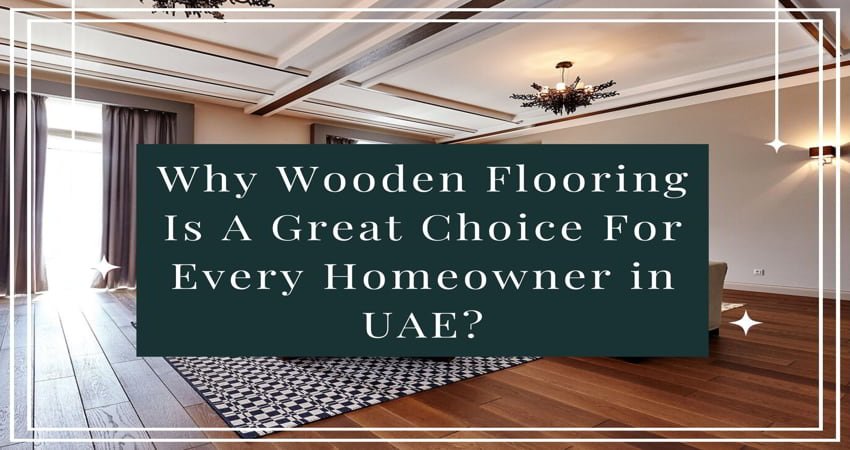Artificial Grass for Your Garden Lawns can transform your outdoor space in terms of appearance and functionality. Artificial turfs are becoming more popular because they look and feel incredibly real. But with so many different kinds of artificial grass available, it can be hard to know where to start when deciding which one is best for your requirements and spending plan. You can make your perfect fake lawn by following this article’s detailed instructions on how to choose artificial grass, including the different types of grass you can get, things you should think about, and how to put it.
Different Types of Artificial Grass for Your Garden Lawns
There are a few main types of artificial grass to consider:
Polyethylene Grass

Polyethylene, or PE grass, is one of the most realistic and durable types of artificial turf. With softly tapered grass blades shaped from polyethylene plastic, it looks and feels very similar to natural lawn grass. As a highly abrasion-resistant material resistant to wear and tear, it’s a great option for gardens designed for lots of use.
Nylon Grass

The grass blades in nylon grass have a majority of nylon. It’s not as soft as polyethylene grass, but it’s still one of the most realistic and long-lasting choices for fake grass. A protective layer on the blades keeps them from fading in the sun and ideal choice if you are installing this type of artificial grass in Abu Dhabi.
Polypropylene Grass

As an affordable alternative, you might use polypropylene grass, a thin and fibrous substance that looks like real grass. Decorative lawns and gardens, not heavily populated areas, are ideal places for this artificial turf because it is not as plush or lifelike as polyethylene or nylon.
Things to Consider When Choosing Artificial Grass for Your Garden
When deciding which type of artificial grass will work best in your garden, there are several pros & cons of Artificial Grass you’ll need to take into account:
Location & Purpose
Think about your location and seasonal weather as well as how you plan to use the space. If the area gets very hot or very cold, certain turf materials handle temperature fluctuations better. And if it’s a play area for kids and pets, you’ll want a highly durable and supportive grass.
Traffic Levels
Consider the expected foot traffic, along with any outdoor furniture or equipment that will sit on the lawn. Higher traffic areas, both human and pet, demand more durable grass that will stand up to regular use without showing wear and tear.
Maintenance Efforts
While less maintenance than natural grass, Artificial grass requires some care and attention and its a major pro of fake grass. Options like nylon and polyethylene clean more easily, while cheaper polypropylene grass may need replacing sooner. Think about how much effort you’re willing to spend.
Aesthetics
Imitation grass comes in all shades of lush greens, plus variegated blades or even turf containing mixed-color fibers for a more natural effect. There are also grass pile heights to factor in aesthetics and realistic appearance. Make sure to choose a color and style that meets your aesthetic vision.
Health & Environmental Factors
Cheaper artificial grasses often use toxic materials, while premium options from reputable manufacturers use non-toxic substances free of lead and other hazardous chemicals. There are also eco-friendly, recyclable turf options for those concerned about sustainability.
Price
When installing artificial grass in Dubai and Abu Dhabi, costs are typically measured by the square meter. Basic polypropylene grass can be purchased for between AED 55-110/m2, while high-end variants like polyethylene grass usually range from AED 185-370/m2.
Be sure to get quotes from several artificial grass companies in UAE to find the best deal for your project budget. The quality and durability of the materials used make a big difference when determining price points for artificial grass in Dubai.
Tips for Installing Artificial Grass in Your Lawn
Once you’ve assessed all the variables and purchased your preferred type of artificial turf, it’s time for installation. Here are some handy tips for seamlessly fitting synthetic grass in your garden:
Read more : Best 5 Artificial Grass Installation Tips
Prepare the Base
The grass won’t properly take root without first laying a supportive base. Dig out the top layer of soil, add a weed membrane, and then build up the sub-base with crushed granite to allow drainage.
Clear Debris and Obstacles
Remove rocks or debris that could just up and damage the backing of your artificial grass. Also, shift any garden obstacles like water features and furniture out of the way.
Unroll and Cut to Size
unroll your new turf and rough cut to size using a utility knife. Leave an extra 2 inches around the perimeter to trim precisely once in position. Use metal pegs to temporarily keep the grass from shifting.
Secure Edging
Brush sand into seams or use special turf glue to firmly secure any grass edges down. This prevents rippling corners or joints from wind, activity, or furniture legs moving across.
Infill Material
Artificial lawns require infill like sand and crushed rubber which help mimic the softness of soil as well as allowing drainage and stability. Carefully brush material deep into the grass blade backing.
Finishing Touches
Use a sharp blade on low-profile seam trimmers to cut your turf to the exact shape of your garden or lawn area. Brush away any remaining debris before enjoying your new space!
Ongoing Care
Hose down occasionally and rake across the area to ensure the infill stays evenly spread. Plucking out fallen leaves or debris will also help your synthetic grass maintain its fresh appearance.
Conclusion
Upgrading tired or high-maintenance natural lawns with our durable, Lush Artificial Grass For Your Garden Lawn by Omni Floor With numerous types on the market allowing you to tailor aspects like appearance, cost, durability, and sustainability, be sure to weigh up the options fully before installation. Carefully preparing the groundwork and using the right materials to infill and edge will complete the installation and have your garden looking flawless for many seasons to come.
Read more : Natural Grass VS Artificial Grass? Which one is better ?



